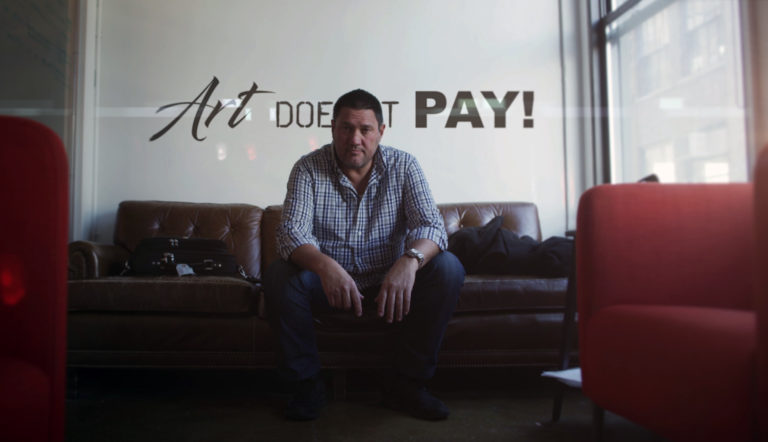Highlights:
- If you think that you can’t command a certain price because of where you’re located, you’re thinking too small.
- In today’s global economy, the whole world is literally your playing field.
- To successfully market yourself outside your immediate borders requires building a brand that transcends those borders.
- Potential clients need to find you easily, like what they see, and trust you can deliver the goods.
Poor Excuses
I cannot tell you how many times I’ve been on a Facebook group, or videographer forum, and some person makes the comment that they can’t charge a higher fee because no one in their market will pay it. It usually goes something like this:
High-priced Videographer: My rates START at $XX,XXX and I’m turning work away.
Low-priced Videographer: well, that’s fine and dandy for you, because you live in [insert-large-metropolitan-area-on-a-coast], but I live in [insert-middle-of-the-country-town] and we just can’t get those kinds of rates.
Whenever I see a comment like this, it takes all the strength I have not to insert a face-palm emoji!
If you have ever said anything like this, you are thinking too small.
You have to think big. Actually, it’s not so much that you have to think “big,” you just have to think “beyond your borders.”
What do I mean by that?
Breaking Through Borders
Simply put, if you are basing your rates on what the guy next door charges, and he’s basing his rates on what the guy across the street is willing to pay, you both are most likely under-charging for your work, and most definitely are thinking too small (or rather, too constrained).
Your market is not the 20 or so square miles of your local town or city. Your market is quite literally the world. And I am not exaggerating.
Whether you’re shooting weddings, bar mitzvahs, corporate promos, seminars, documentaries, or broadcast commercials, your market is anyone who has access to a high-speed internet connection. Period.

The highest paid wedding filmmakers (and photographers for that matter) aren’t shooting weddings just in their town. They’re shooting in L.A., New York, Paris, London, the Bahamas, the French Riviera, Shanghai, Dubai, etc.
Facebook and Google (located in Silicon Valley, CA) may very well hire a filmmaker out of Memphis, TN (or rather, the agency that works for them will hire from wherever they can find the best talent).
Take Mark Toia for example, the subject of our inaugural episode of Frame.io Masters. He’s based out of Australia, yet is shooting gigs literally all over the globe. He recently finished this film for RED Camera (based in Los Angeles).
Filmmakers Philip Bloom and Joe Simon (based out of London, England and Austin, TX, respectively) were each hired to shoot a different season of CNN’s world travel show, “The Wonder List.”
Stillmotion (first based out of Canada, but now based out of Portland, OR) is hired by brands to shoot across the globe as well.
What all of these guys have in common (besides uncompromising quality in their work), is a branding and marketing campaign that is not restrained by borders. Joe is not worried about what the “mom and pop” videographer down the street is charging for their Bar/Bat Mitzvah slideshows. He creates world-class work, on par with Fortune 500 brands, and charges accordingly when an agency in New York sees one of his videos online and gives him a call.
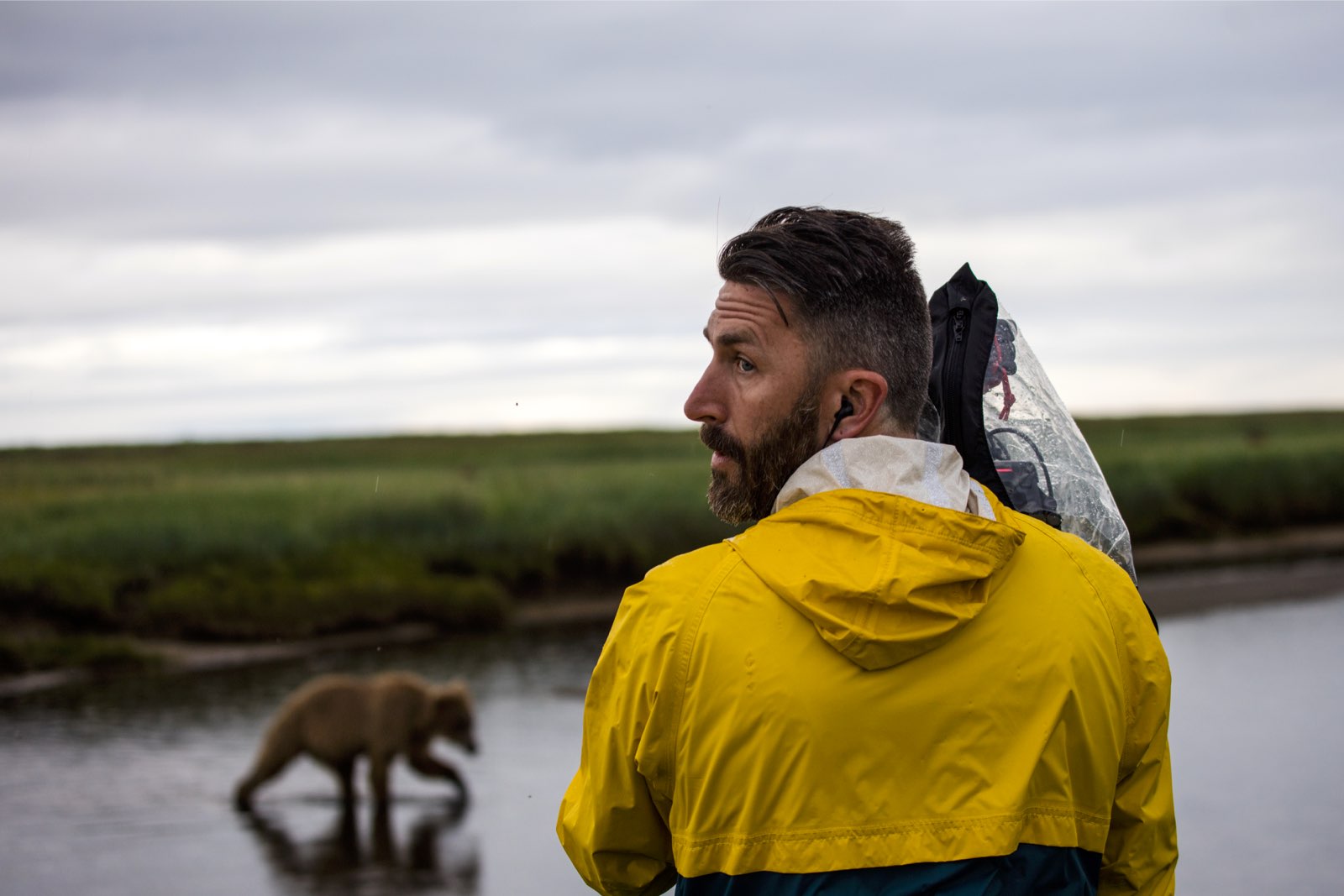
Every filmmaker wants to be doing that kind of work, but the question is: how do you get there?
How do you build a brand beyond your borders?
“Growing your brand outside your city takes a lot of hustle,” Joe told me when asked him how he does it. “You have to first create a brand/website that looks professional and shows work that is outside your area. With a portfolio of multi-state or international work, people can see that you work outside your borders.”
In anticipation for what is most likely your next question (i.e. what if you don’t have work like that?), Joe had this to say: “If you are not getting that work, you need to go out and create it yourself.” Go on a trip, make a spec commercial or a mini-doc in a different country or state. By doing that, you can build your portfolio.
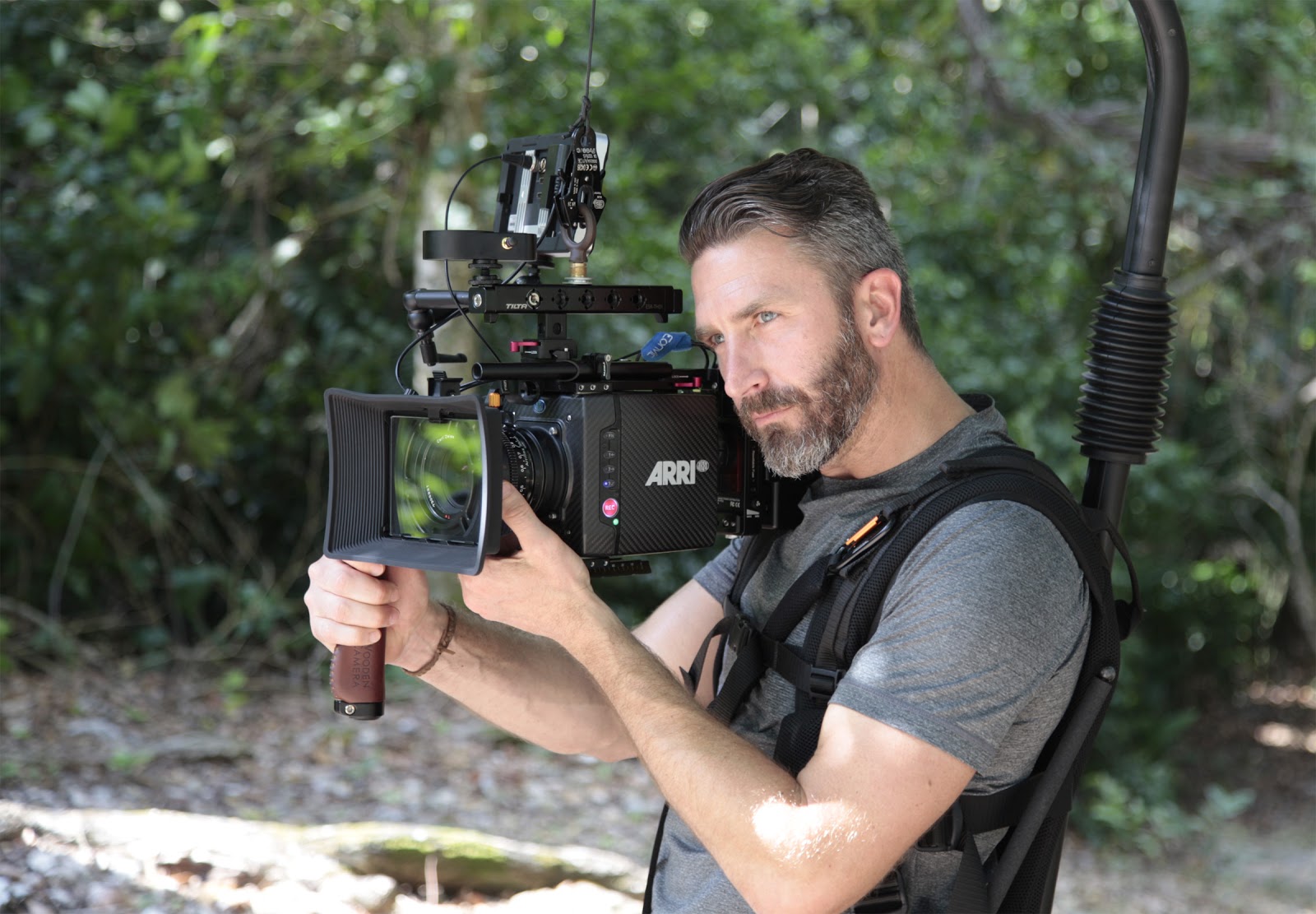
“Once you have a few projects to show, go out and start meeting people, make appointments at agencies, production companies etc. Get coffee. Take people to lunch. That is the best way to meet people, the old-fashioned way. Reach out via social media and set up a time to meet them in person.”
Joe has been able to earn himself a certain level of notoriety, being asked to teach at international conventions, repping large camera and gear manufacturers at trade shows, and building a social media following. Because of his notoriety, one might think, “Well, of course he can get gigs at CNN!” He has an answer for that too. I asked him, “Well, what if you’re not as ‘famous’ as Joe Simon? Then what?”
“Thanks for the compliment. But I don’t think I’m ‘famous’ at all. I think you may be well known in certain circles, but as soon as you switch industries within filmmaking, you start all over again building both a reputation and a brand.”
Joe is alluding to the fact that before doing international commercial work, he originally built his notoriety shooting high profile weddings for celebrity clients. From BMX films to weddings to international television shows for CNN—Joe has come a long way, and chances are, his filmmaking roots are no more or less remarkable than yours.
Authenticity is Key
Philadelphia-based editor and filmmaker Jon Connor has also had the good fortunate of building a reputation that extends well beyond “the city of brotherly love.” Much of his current work has been editing feature documentaries for such clients as Google and Netflix; most recently, he is the editor for the Anthony Scarramuchi documentary “Mooch.”
Jon is also the co-founder of Masters in Motion, a yearly filmmaking workshop that combines lectures with an immersive, hands-on experience. This year’s line-up of speakers include Pixar director Andrew Stanton and Academy Award-winning editor Stephen Mirrone, ACE.
Jon shared his insights with me, they are in line with what Joe also shared—the importance of face to face meetings.
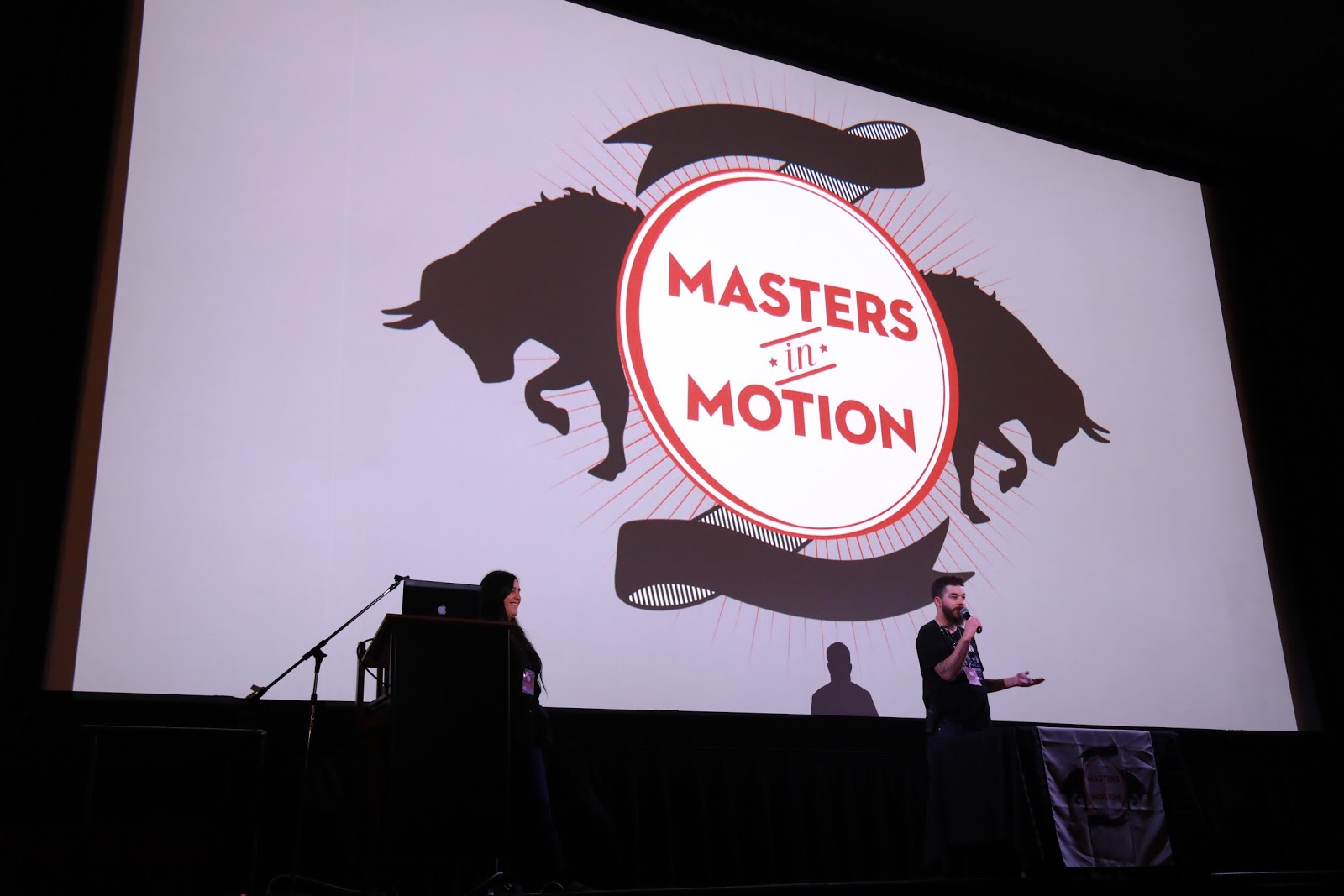
“I think you definitely can build a brand outside the borders of your own town or city very easily through social media and posting your work online. I think the harder part is to make sure that you aren’t misrepresenting yourself or putting people off by acting like you know everything. I’ve been at it now for 17+ years and more than a ‘brand,’ I have organically built a large network by developing real relationships and getting out and meeting people face to face.”
If your next question is “How do I meet face to face with people in other states or countries?” my obvious answer is expos, trade shows, conventions, etc. Between huge international shows like IBC, NAB, and E3, or smaller ones like Masters in Motion, there is no shortage of opportunities to travel beyond your borders, meet new people, and network like crazy.
Show Only Your Best Work
There is a lot of debate about how many samples of your work to put online. My take on this has always been: it doesn’t matter. So long as EVERY sample you show is excellent.
If you have a portfolio of twenty videos, a potential client should be able to close her eyes and go “eenie-meenie-miney-mo” and whatever she picks, will knock her socks off. If you have any hesitation due to some bad quality aspect, don’t include it. It’s far better to have 10 excellent videos on your site than 10 excellent ones and 10 mediocre ones.
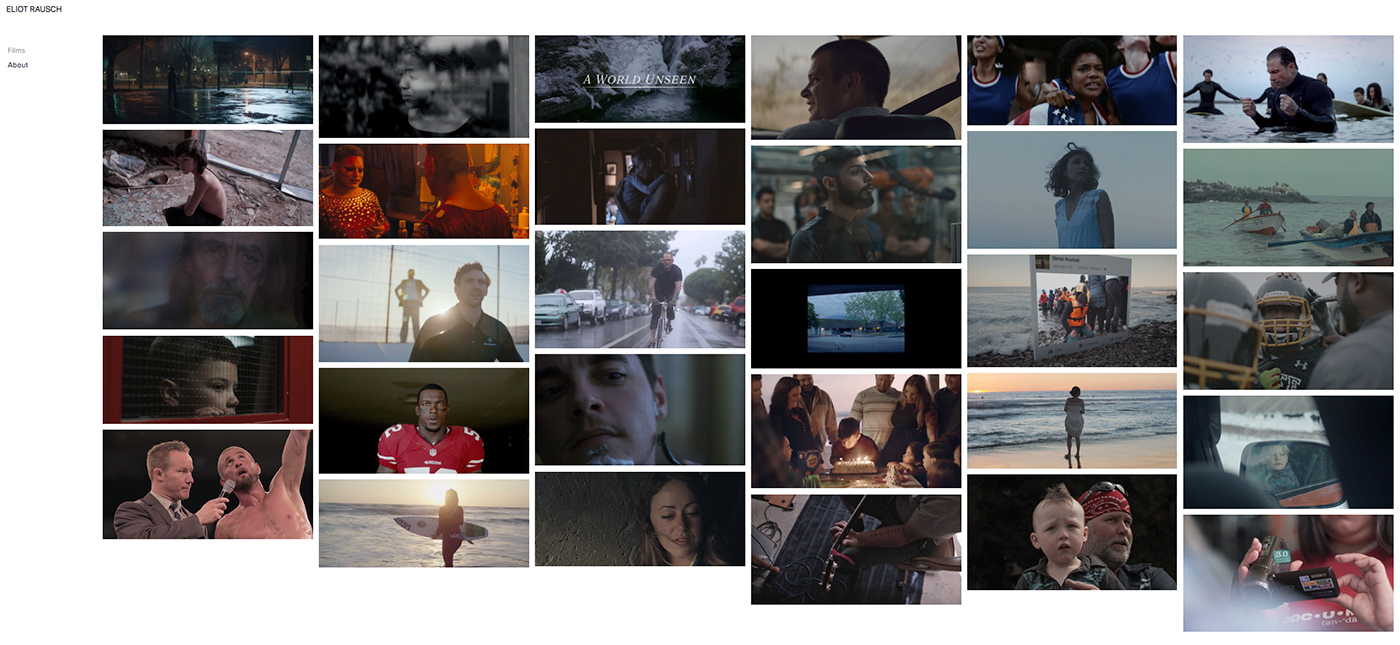
If you’re creating a demo reel, take the same mindset. Only include shots that are excellent. If any shot is under- or overexposed, too boring, bad camera work, whatever, DON’T INCLUDE IT.
Think about it from the client’s perspective. If they see only great work on your site, they think “great, this filmmaker will do great work for me!” If they see a mix of work on your site, they think, “this filmmaker might do a great job, and they might do a so-so job.”
And I advise getting a second, third, and fourth opinion. Often, we’re too close to be objective. Find a friend or colleague who will tell you the truth (or if you’re really brave, share it on Reddit and see what kind of feedback you get.)
Invest in Your Brand
It’s common in the pro video world to bemoan potential clients who go out and get “Uncle Bob” to shoot their wedding; or companies that have the video hobbyist in the office shoot the company’s YouTube Viral Video. “They should be hiring a professional!” is the refrain.
Well, we filmmakers often do the same thing when it comes to branding. We often try to design our own logos and websites, without any real design experience or qualifications.
If you want to be taken seriously by the clients in other cities (or countries) who are willing and able to pay for you and your crew to fly out to their location, then create a site and a brand that shows them you mean business.
And you don’t necessarily need to spend a fortune. You can probably do without a formal logo mark for a while so long as your work is good. And Squarespace has plenty of pre-designed, customizable templates that will give you a polished look.
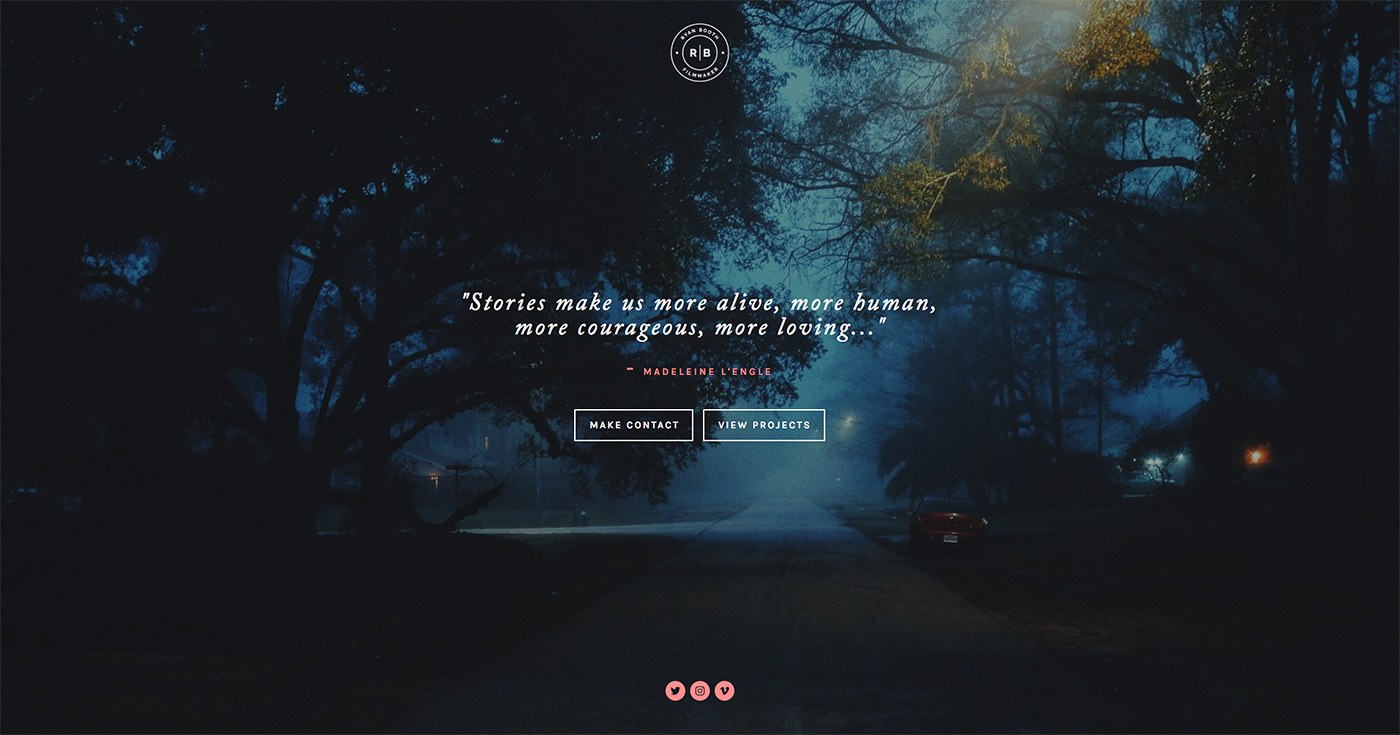
Charge accordingly
If you charge like a middle-of-the-country, mom-and-pop videographer, you could actually lose a job. The first 5-digit corporate fee I earned was back in 2005. I got a $14,000 gig from a client who normally hired Stanford University’s video production team.
The potential client was a referral from my BNI group, and it was a project consultancy looking to create a series of videos promoting their training and services. At the time, most of my work was still in high-end weddings, but about a third was corporate work.
As of that time, the highest fee I had charged for a corporate gig was about $6,000. So, I felt confident enough that a job like this could be a whole $2,000 greater. So, I was about to submit a bid accordingly.
Then, by some fluke (or act of God), the potential client sent me Stanford’s bid so I could see what they were looking for. Stanford’s bid was $18,000! They were going to provide pretty much all the same services I was, but charging ten grand more.
I reworked my numbers (mostly by raising my hourly rate) and submitted my winning bid. I have no doubt that if I submitted my original $7,000 to $8,000 bid, I would have been seen as “too small” or “too inexperienced” and not have been hired.
I’ve been on the other side of that equation too. The first time I hired a professional brand designer to create a logo and business card for me (circa 2006), I promptly dismissed any bids from designers below a certain level (at the time, about $1,000). I just knew that the caliber of designer I wanted wouldn’t be charging $150 or even $500. I ended up investing $5,000 for a logo and stationery design. At the time, that was a big investment for a small, independent video producer working out of his home. But well worth it.
It can take a lot of guts to submit a large bid. It’s scary, and “Imposter Syndrome: can mess with your head. But at the end of the day, if you’re not willing to charge a high-end price, you’re not going to get high-end work. It’s as simple as that.
Most people reading this are going to chicken out. Don’t be one of those people.
Maximize SEO
If you don’t know what SEO is, that’s your first problem. It stands for search engine optimization: creating an online marketing strategy to ensure your website ranks at the top of desired search inquiries. If your expertise is time-lapse or hyperlapse photography, you’ll want to rank high for that. If you want to shoot technology seminars, rank for it. Want to be paid to shoot $25,000+ (editor’s note: this previously read $250,000. That was a typo. It was supposed to read $25,000.) weddings in the French Riviera? Rank for high-end, international wedding filmmaker.

Now, the exact ways you go about maximizing SEO is beyond the scope of this article. It’s a combination of copy on your site, keywords, use of video, sites that link back to you, etc. I recommend you just Google it. The beauty of Googling it is that anyone at the top of that Google search result is trustworthy (for obvious reasons.)
Build a Nationwide Network
This part might be a little tricky, but be prepared to do a job in a city on the other side of the country, even if the client doesn’t have it in their budget to fly you out there.
I knew early on in my career as a freelance video producer, that I would never want to have to turn down work just because I was personally booked. So by the second year of my business, I was building relationships with other videographers who could shoot gigs for me when I was booked. As my writing, blogging, and speaking gave me more national exposure in the video industry, I capitalized on that notoriety to reach out to filmmakers across the country.
But you don’t have to be an industry blogger or published author to build a nationwide, or even worldwide network. If you’re a frequent and giving contributor on Facebook groups and forums, you can use the social capital on those groups to recruit trusted filmmakers who can shoot for you. When hiring someone in another city (or country even), to shoot for you, it’s imperative you do these four things:
- Contracts. Have them sign a subcontractor agreement stipulating that you or your company owns the footage, and that they will represent you on the shoot, and not pass out their own business cards.
- Quality. Make sure they have work that is as good (or preferably better) than your own. Every subcontractor I’ve hired to shoot a gig for me is someone I trust, and usually, someone who I believe is actually a better shooter than I am.
- Trust. Whether it’s from your experience interacting with them online, or references from some other reliable source, make sure they are trustworthy.
- Backups. Have them back up the work. I can’t stress this enough. Make sure your subcontractor makes a backup of the footage they send to you, and won’t delete it until you confirm receipt and have copied the footage to your hard drives. Remind me to tell you about the time a high-end wedding client sued me for the entire fee for her very expensive wedding video because two tapes from one of her celebrations (she had us shoot two ceremonies and receptions) were lost. That was one of the most stressful years of my life, going back and forth with her over those missing tapes (and it didn’t help she was on the partner track for one of the most powerful and litigious law firms in San Francisco and threatened to use every resource at her disposal to sue me if I didn’t refund all her money. Thank heaven for E&O insurance!)

It’s about perception
The truth is, many of the reasons clients pay more for artists is a perception of value. The work I showed the client that earned me that $14,000 job 13 years ago, was the same work I showed when I was about to submit that $7,000 to $8,000 bid. But there was a perception issue.
The bride who hires a $20,000-$30,000 wedding videographer (and yes, there are some who earn that much) hires him or her because 1) she wants to say she hired a $30,000 wedding videographer, but 2) she wants the perception of the best.
When a feature film director insists on a particular editor to cut her magnum opus, it’s not because that editor is the only one who can cut it. It’s because that director perceives that editor to be the best choice.
That perception you create starts with the first contact (whether it be the email you send or the voicemail they hear when they call you), to how you present yourself when giving the pitch, to the quality of your website, and needless to say, the quality of your work.
It’s the 21st century, people. The world is your playground. Play in it.
(Header image by David Rodrigo on Unsplash).


